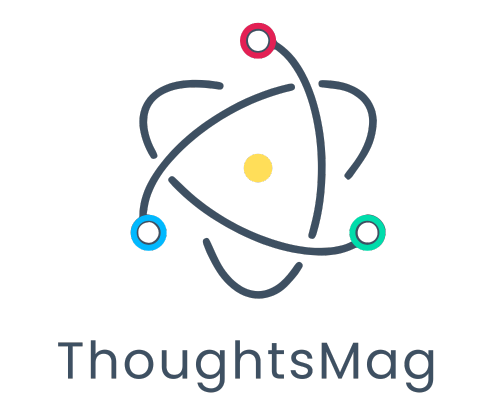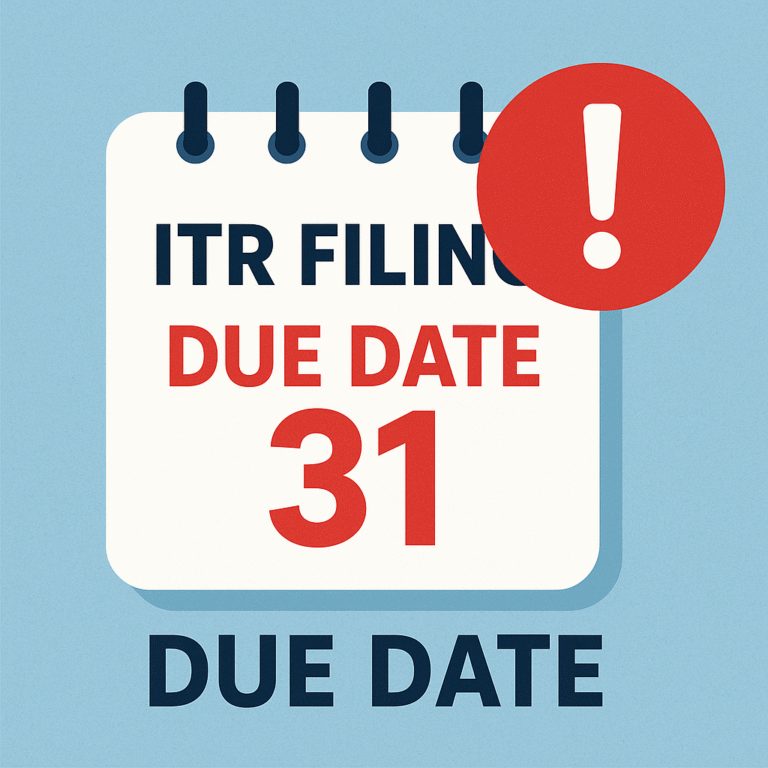In a landmark fusion of art and artificial intelligence, two titans of their respective fields—Oscar‑winning composer A.R. Rahman and AI pioneer OpenAI—have joined forces on a visionary project titled “Secret Mountain.” This collaboration isn’t merely a meeting of minds; it represents a paradigm shift in how music can be conceived, composed, and experienced in the age of AI. In this article, we’ll explore the genesis of “Secret Mountain,” the technology powering it, Rahman’s creative journey with AI, and what this means for the future of music.
Over the past decade, AI has moved from academic laboratories into mainstream applications: from generating human‑like text to creating stunning visual art. Yet, few domains hold as much emotional weight as music. For composer A.R. Rahman, whose scores for films such as Slumdog Millionaire and 127 Hours have resonated worldwide, music is not just notes on a page—it’s a language of the soul. Partnering with OpenAI, Rahman set out to explore how a cutting‑edge language model can co‑create a symphonic tapestry that blurs the line between human and machine.
A.R. Rahman: The Maestro of Modern Sound
Born in Chennai, India, Allah‑Rakha Rahman revolutionized film scoring by blending traditional Indian instrumentation with Western orchestration and electronic elements. From Roja (1992) to Million Dollar Arm (2014), Rahman’s work has earned him two Academy Awards, two Grammy Awards, a BAFTA Award, and countless national honors. Known for his curiosity and willingness to experiment, Rahman has continually embraced new technologies—from synthesizers in the 1990s to digital audio workstations today—to craft his signature sound.
The Rise of AI in Music Creation
Artificial intelligence has steadily infiltrated the music industry. Early experiments involved rule‑based algorithms that could compose simple melodies; modern breakthroughs leverage deep learning to understand and replicate complex musical structures. Models like OpenAI’s Jukebox can generate songs in the style of iconic artists, complete with vocals and instrumentation. Yet, most AI‑composed tracks remain novelties—often lacking the emotional depth that comes from a human composer’s lived experience.
“Secret Mountain” seeks to transcend these limitations by positioning AI not as a solo creator but as a co‑composer—an “infinite instrument” that Rahman can play, tweak, and evolve.
Concept and Genesis of “Secret Mountain”
The idea for “Secret Mountain” arose during a brainstorming session between Rahman and OpenAI’s research team. They envisioned an album-length project where each track would be born from iterative exchanges between Rahman’s musical prompts (melodies, chord progressions, rhythmic motifs) and OpenAI’s generative models. The name “Secret Mountain” symbolizes a hidden peak of creativity rising from the convolution of human artistry and machine intelligence.
Key objectives of the project:
- Co‑creation: Treat AI outputs as raw material for Rahman’s refinement, not as finished products.
- Emotional Fidelity: Ensure that AI‑generated passages convey genuine emotional resonance.
- Technical Innovation: Develop new fine‑tuning techniques that allow Rahman’s stylistic fingerprints to shine through the AI’s suggestions.
- Accessibility: Demonstrate how similar workflows can empower independent musicians and producers.
Behind the Scenes: AI‑Powered Composition
Fine‑Tuning the Model
OpenAI engineers began by fine‑tuning a large music‑generation model on Rahman’s extensive discography—film scores, solo albums, and rare demos. This process imbued the model with an understanding of his harmonic language, rhythmic patterns (including complex South Indian tala cycles), and orchestration preferences.
Prompt Engineering
Rather than typing text prompts, Rahman interacts with the model through MIDI sketches. He’ll play a four‑bar piano motif in C minor, for instance, then ask the AI to “expand this into a 16-bar string introduction, gradually introducing tabla.” The model returns multiple variations, from which Rahman selects, edits, or layers.
Iterative Refinement
Every suggestion from the AI undergoes human vetting. Rahman might adjust voicings, swap out synthesized strings for live recordings, or reprogram rhythmic accents. In turn, updated MIDI files feed back to the AI for a second round of evolution, keeping the dialogue going until each section attains the desired emotional and sonic quality.
Rahman’s Creative Vision with AI
For Rahman, AI is neither a threat nor a gimmick—it’s an “infinite collaborator.” In his words:
“With Secret Mountain, I’m not outsourcing my creativity. Instead, I’m expanding my palette. The AI sparks ideas I might never have imagined on my own—new chord voicings, counter‑melodies, rhythmic textures. It’s like having an ever‑awake assistant who’s fluent in my musical language.”
This attitude mirrors Rahman’s history of embracing technology—from early sequencers in the 1990s to Dolby Atmos spatial audio today. Yet unlike purely technical tools, the AI in Secret Mountain demonstrates a capacity for generative suggestion: evolving themes in ways that feel intuitively musical.
Technical Insights from OpenAI
OpenAI’s team faced several technical challenges:
- Maintaining Coherence: Long-form compositions can drift; engineers implemented hierarchical attention mechanisms so the model could track overarching song structure.
- Timbre Realism: To bridge the gap between synthetic and acoustic sounds, the team created a neural codec that maps AI‑generated MIDI to ultra‑realistic instrument samples, some recorded from Rahman’s own studio sessions.
- Interactive Latency: Real‑time collaboration demanded sub‑second response times. Engineers optimized the inference pipeline, leveraging sparse attention and mixed‑precision computing to deliver suggestions as Rahman plays.
The result is a musical sandbox where creative decisions happen fluidly, allowing for improvisation and spontaneity rather than rigid batch processing.
Early Reception and Industry Impact
“Secret Mountain” debuted with a teaser track, “Summit Dawn,” released exclusively on streaming platforms. Critics and fans alike praised its cinematic scope and emotional depth—remarking that, despite AI involvement, the music felt unmistakably Rahman. Within 48 hours:
- Social media buzzed with debates about authenticity: Can AI‑assisted music be considered truly “human”?
- Music producers began exploring similar workflows, signaling a potential shift in how albums are made.
- Academic journals in music technology expressed interest in studying Secret Mountain’s co‑creative methodology.
While purists may balk at the notion of AI in art, Secret Mountain illustrates that technology can amplify—not dilute—a composer’s distinct voice.
Future Implications for Musicians
The Rahman–OpenAI collaboration offers a blueprint for the next generation of music creation:
- Democratization of Production: Independent artists can fine‑tune generative models on their own work, unlocking high‑quality ideas without expensive studio time.
- New Genres: AI may inspire hybrid genres, blending unexpected cultural influences or algorithmically generated timbres.
- Educational Tools: Music schools could adopt similar systems to help students explore harmony and orchestration interactively.
- Ethical Considerations: As AI co‑creation grows, questions around authorship, royalties, and creative ownership will demand clear frameworks.
A.R. Rahman’s example underscores that when humans set the creative direction and machines supply raw generativity, the partnership can yield works of profound artistry.
Conclusion
The “Secret Mountain” project marks a turning point in the history of music production. By treating AI not as a replacement but as an extension of human creativity, A.R. Rahman and OpenAI have demonstrated how technology can unlock new sonic landscapes while preserving the emotional core of musical expression. As more artists experiment with similar collaborations, we stand at the edge of a new musical frontier—one where every composer has access to an infinite well of ideas, and every listener can experience compositions that bridge the gap between mind and machine.
Whether you’re a seasoned professional or an aspiring bedroom producer, the lessons of Secret Mountain are clear: embrace innovation, maintain your artistic vision, and be open to serendipity. In the hills of human‑machine co‑creation, the peak is not a destination but an ongoing ascent—one note at a time.






